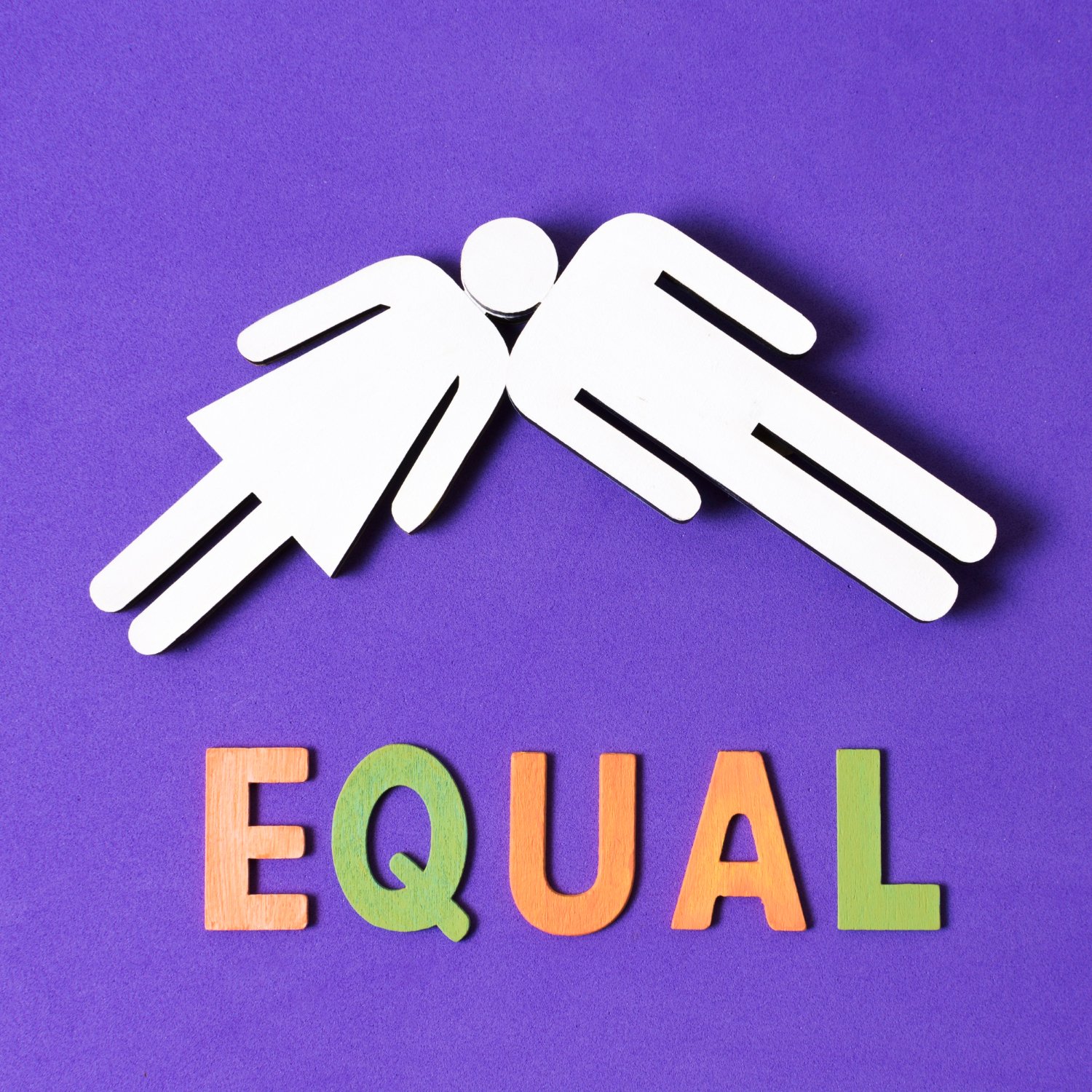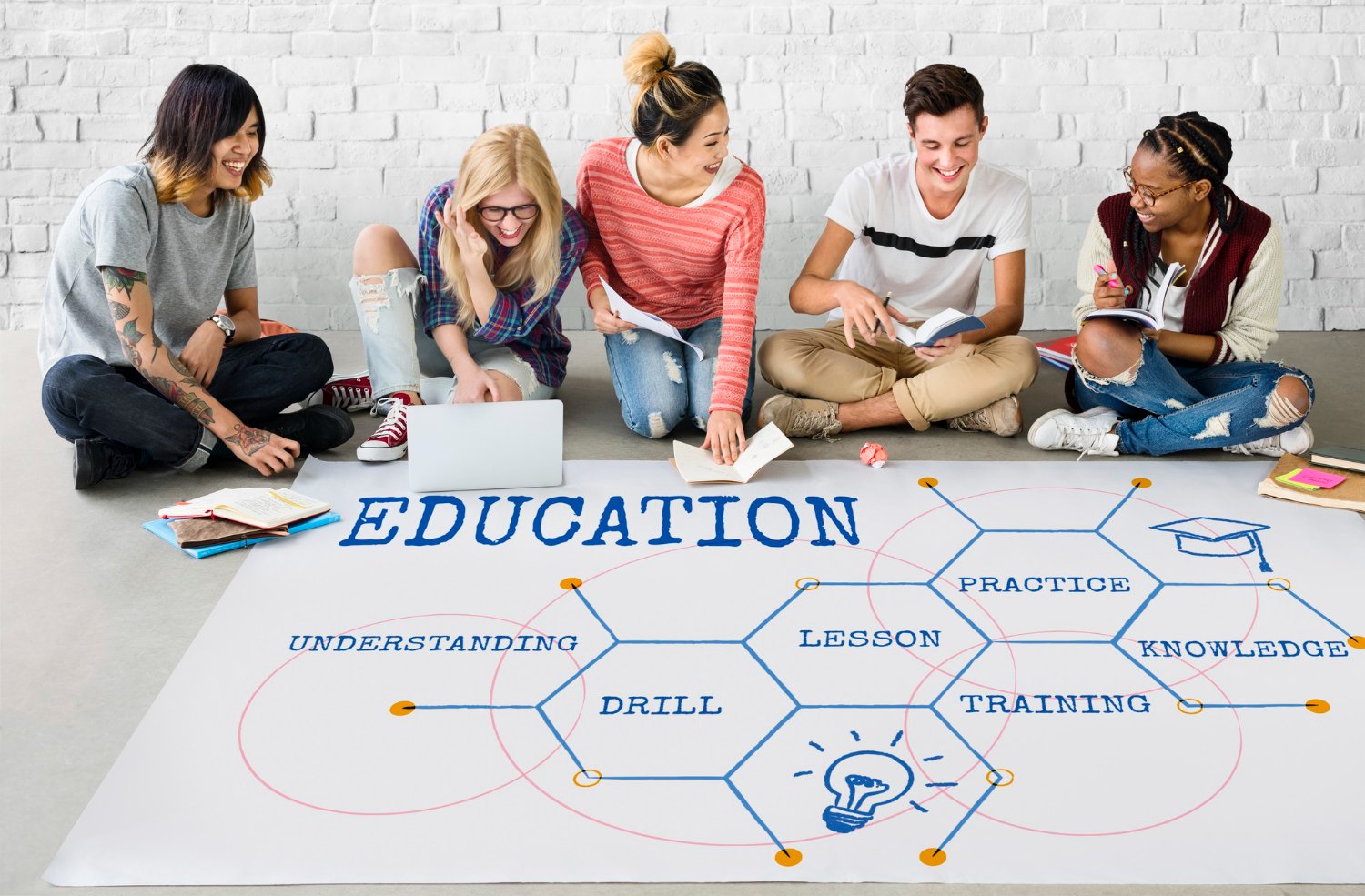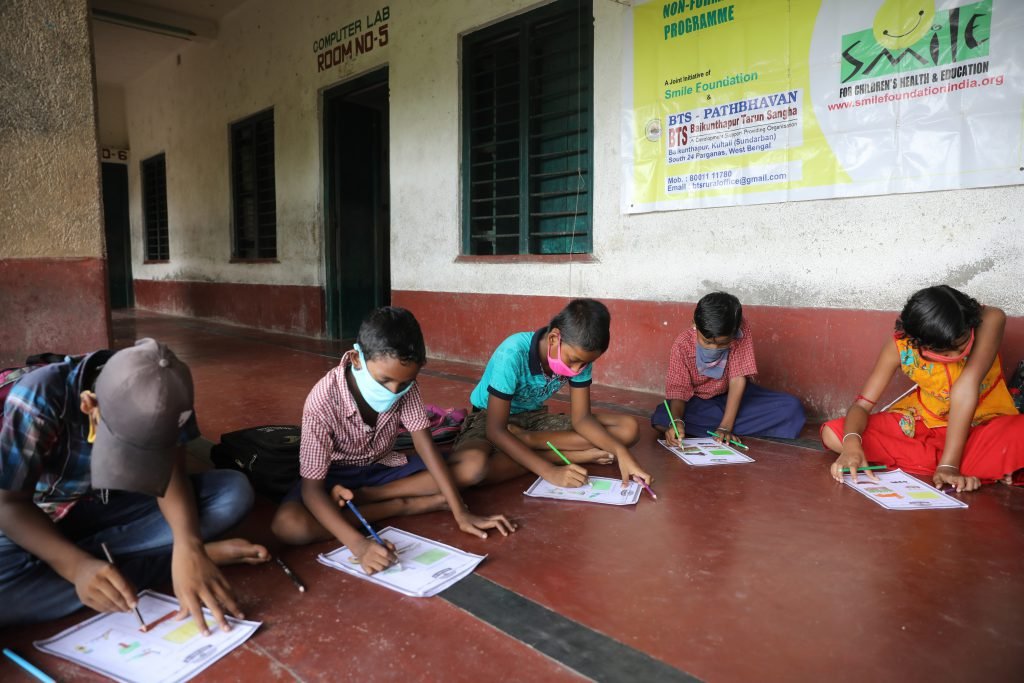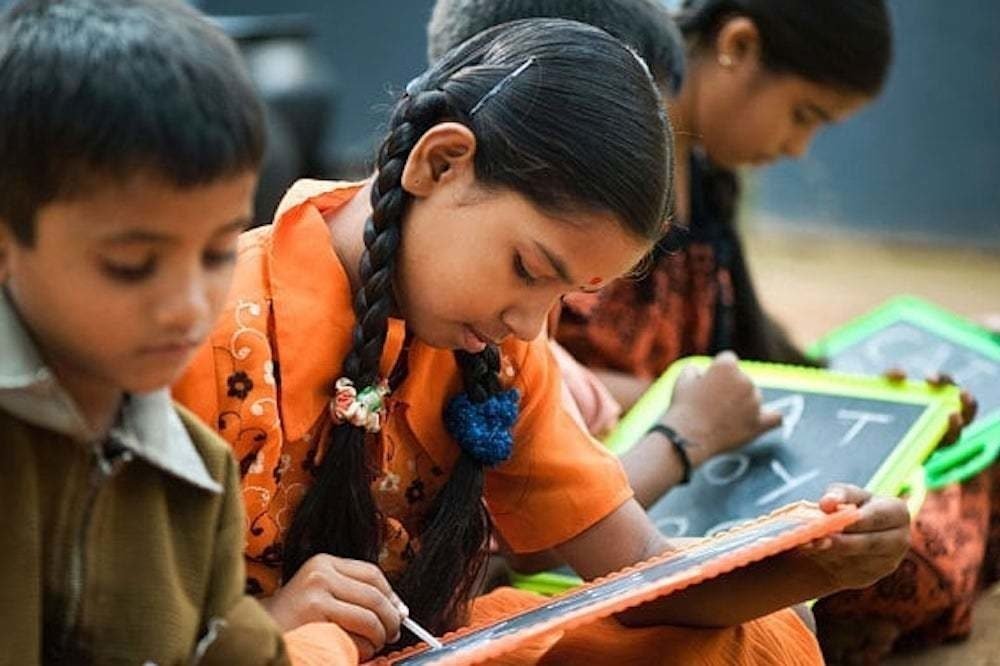Feb 24 ,24

By: Admin
01 Jan, 1970
Gender Equality in Education: Breaking Down Barriers
Gender equality in education is a crucial component of creating a just and equitable society. Ensuring that all individuals, regardless of their gender, have equal access to educational opportunities is not only a matter of human rights but also a significant factor in achieving broader social and economic development. Here’s a detailed look at ten key points that illustrate the importance of gender equality in education and the barriers that must be addressed to achieve it:
1. Understanding Gender Equality in Education
Gender equality in education means that students of all genders have equal access to educational resources and opportunities. It involves eliminating disparities in enrollment, attendance, and outcomes between boys and girls. This principle is rooted in the belief that every individual, regardless of their gender, should have the same chances to succeed academically and professionally.
2. Historical Context and Current Disparities
Historically, educational systems have favored males, often sidelining females and other gender minorities. Although progress has been made, disparities still exist. In many regions, girls are less likely to attend school, complete their education, or pursue higher education. Understanding these historical and ongoing disparities helps in addressing the specific needs and challenges faced by different genders.
3. Barriers to Gender Equality
Several barriers impede gender equality in education:
Cultural Norms: In many cultures, traditional gender roles limit educational opportunities for girls. Societal expectations can dictate that girls focus on household duties rather than academics.
Economic Constraints: Poverty disproportionately affects girls, who may be required to contribute to household income instead of attending school.
Safety Concerns: In some regions, safety issues such as violence or harassment on the way to or within schools disproportionately affect female students.
Lack of Sanitary Facilities: Inadequate menstrual hygiene management facilities can cause school absenteeism among girls.
4. The Role of Policies and Legislation
Governments and educational institutions play a crucial role in promoting gender equality through policies and legislation. Laws that mandate equal access to education, prohibit discrimination, and support the rights of girls and marginalized genders are essential. Monitoring and enforcing these policies ensures that they have a tangible impact.
5. Promoting Inclusive Curricula
An inclusive curriculum that represents diverse perspectives and experiences is vital for fostering gender equality. Educational materials should challenge gender stereotypes and reflect the contributions and experiences of all genders. This helps students of all genders see themselves in a range of roles and professions.
6. Empowering Educators
Teachers and school staff need training and resources to support gender equality in the classroom. This includes understanding gender dynamics, addressing unconscious biases, and creating an inclusive learning environment. Professional development programs can help educators better support their students.
7. Encouraging Female Role Models
Exposure to female role models in various fields can inspire and motivate girls to pursue their academic and professional goals. Highlighting the achievements of women in science, technology, engineering, and mathematics (STEM) and other traditionally male-dominated fields can help break down gender stereotypes.
8. Engaging Communities and Families
Community and family support are critical in advancing gender equality in education. Engaging parents and communities in conversations about the importance of education for all genders helps challenge traditional norms and encourages investment in children’s education.
9. Addressing Intersectionality
Gender equality must also consider intersectionality—the way different forms of discrimination (based on race, socioeconomic status, disability, etc.) intersect and impact individuals. Tailoring interventions to address these overlapping issues ensures that all students receive the support they need.
10. Monitoring and Evaluation
Regularly assessing the effectiveness of gender equality initiatives is essential. Data collection and analysis help identify gaps, measure progress, and inform policy adjustments. Transparent reporting and accountability mechanisms ensure that efforts to promote gender equality are impactful and sustained.
Conclusion
Achieving gender equality in education requires a multifaceted approach, addressing barriers from cultural norms to policy shortcomings. By understanding these ten key points, stakeholders can work collaboratively to create an educational system that provides equal opportunities for all students, paving the way for a more equitable and inclusive society.










0 comment